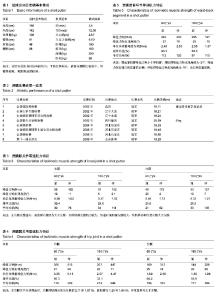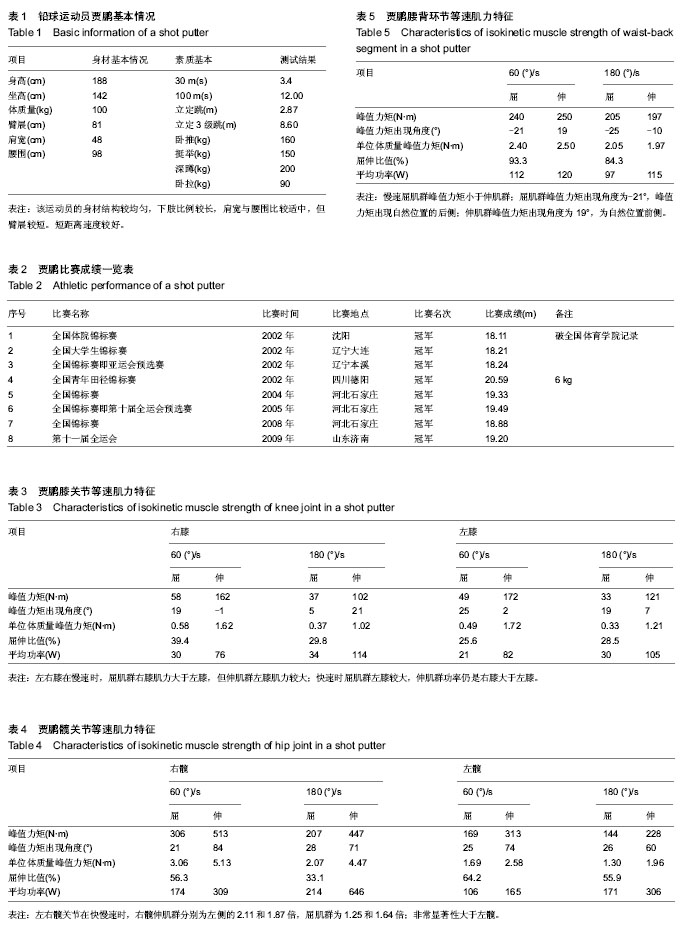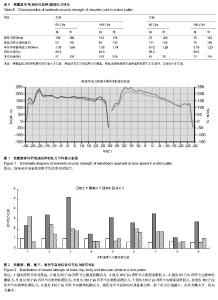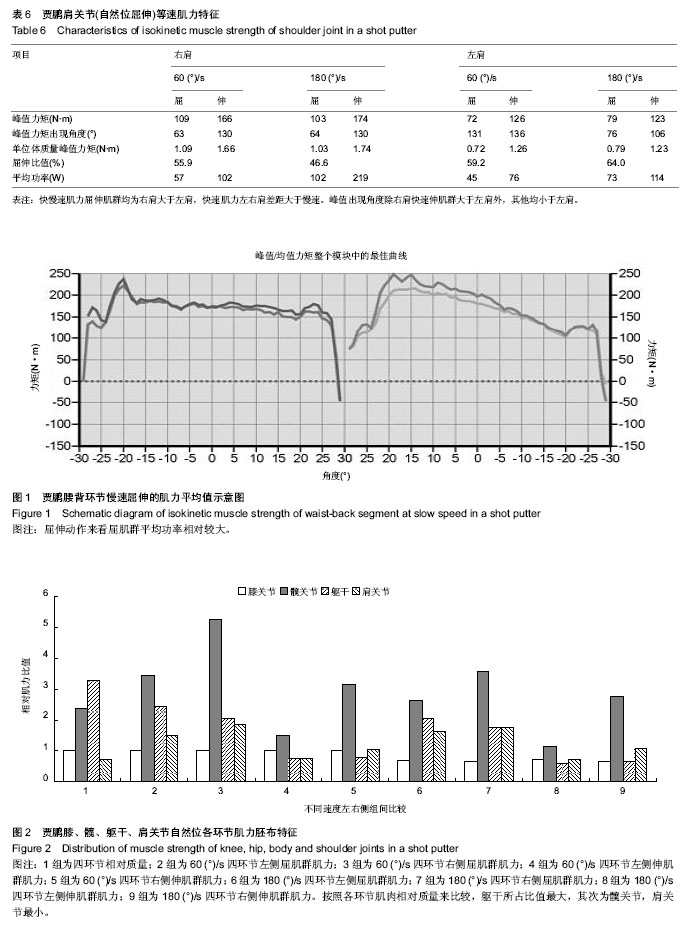| [1] 虞重干,郭权.蓝、排球运动员下肢3关节肌等速测试的对比研究[J].体育科学,2000,20(1):73-75.
[2] 俞捷,左群.老年人健身走对下肢肌力的影响[J].中国体育科技, 2008,44(2):76-80.
[3] Marion JL.Alexanden. The role of the rear leg in the shot put delivery.Trackand Field Quarterly Deview.1991.Full:50-54.
[4] 黄巍,毛一平,王健.青年大学生动态等速肌力性别差异的实验研究[J].中国体育科技,2002,38(7):13-15.
[5] 曹峰锐.女子手球运动员膝、踝关节屈伸肌群等速测试结果分析[J].体育学刊,2009,16(10):102-105.
[6] 李建臣,张秋亚,赵其林.对我国优秀铅球运动员过渡与最后用力阶段下肢动作的动力学研究[J].中国体育科技,1995,9(1):90-91.
[7] 周越.青少年铅球运动员训练负荷安排与肌肉力量变化规律研究[J].天津体育学院学报,2004,19(3):51-53.
[8] 孙有平,隋新梅,钱风雷,等.基于sEMG的男子旋转推铅球运动员单支撑阶段肌肉用力特征研究[J].体育科学,2010,0(1):44-50.
[9] 马毅,闫红光,郑凯,等.自由式滑雪空中技巧运动员出台技术、下肢力量与落地稳定性关系研究[J].中国体育科技,2012,48(3):64-68.
[10] 方方,李顶.男子自由式摔跤运动员主要关节的肌力特征研究[J].中国体育科技,2011,47(6):70-76.
[11] 吕新颖,段子才,吴云飞.髋、膝关节等速肌力特征与部分运动能力指标的综合测试分析[J].北京体育大学学报,2004,27(9): 1126-1128.
[12] 邓京捷,李夕,周卫海.广东省优秀游泳运动员肩屈伸肌等速力量指标特征[J].体育学刊,1996,(3):118-121.
[13] 葛卫忠.青少年男子篮球运动员膝关节等速肌力特征研究[J].山东体育学院学报,2010,26(3):46-45.
[14] 吴毅,杨晓冰,李云霞,等.膝关节屈肌和伸肌等速向心、等速离心及等长测试的研究[J].中国运动医学杂志,1996,15(3):193-196. |



